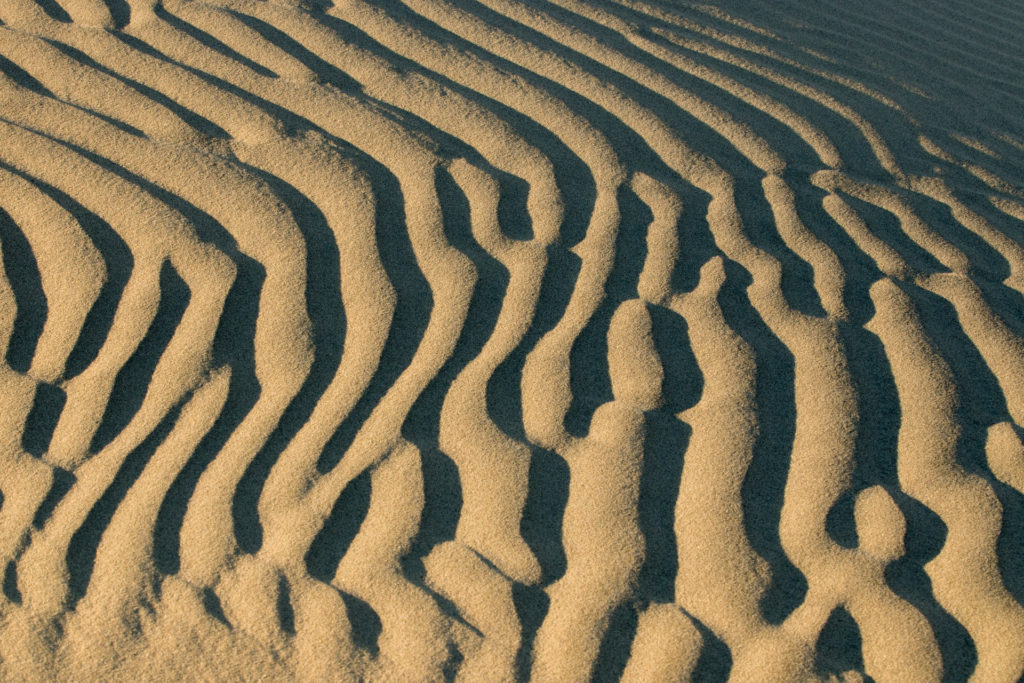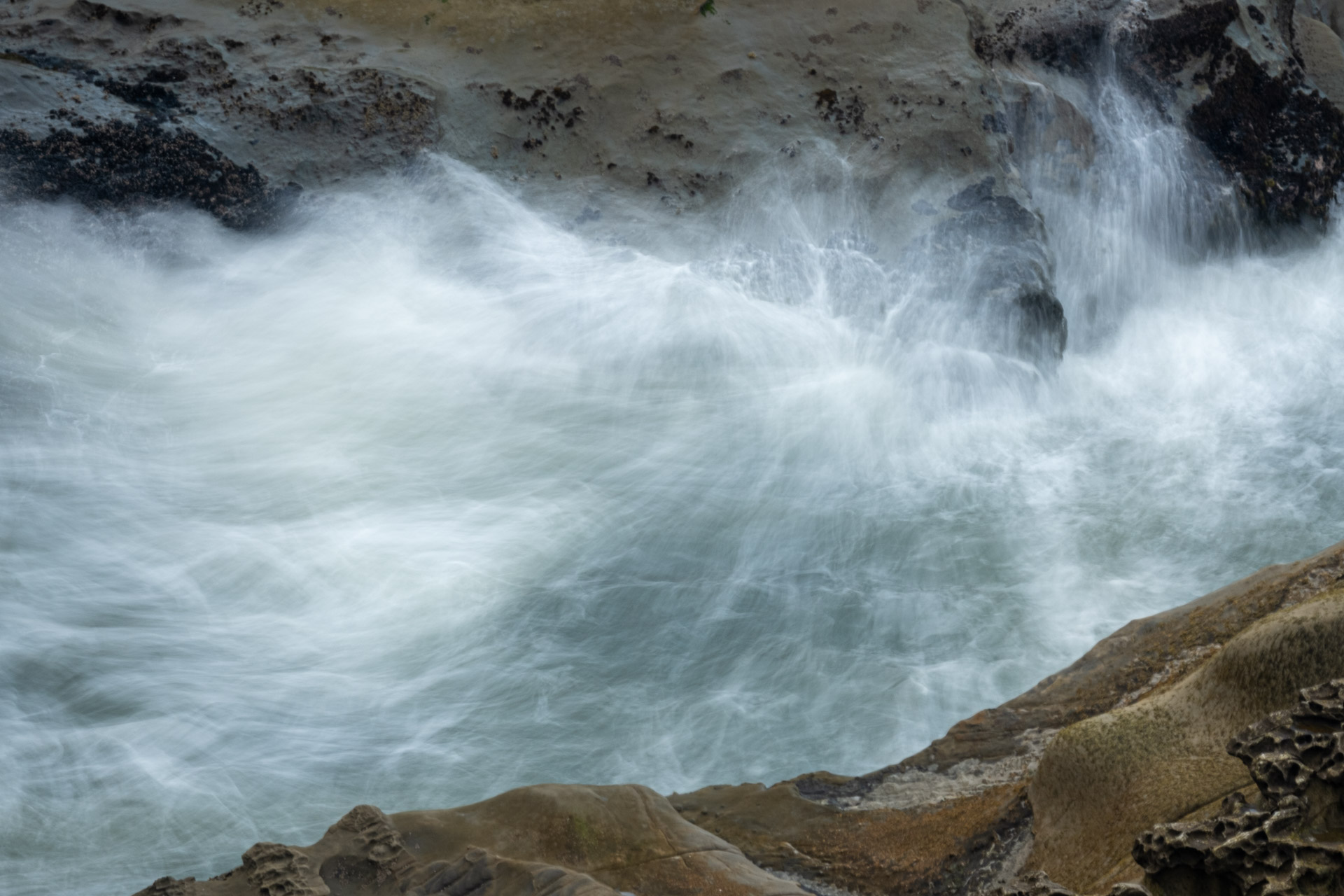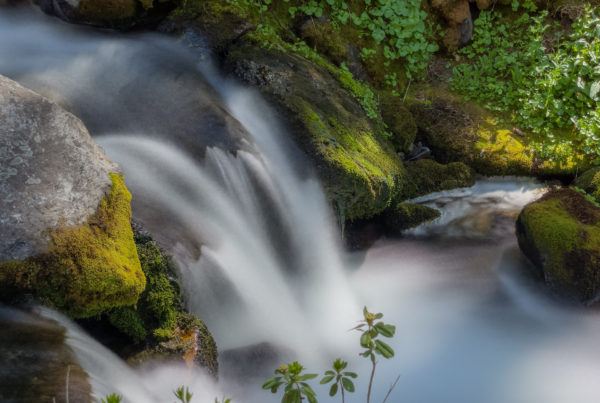The arts have been used as healing tools throughout the ages, but deeper understanding about the power of the arts and its impact on brain health is relatively new. “Neuroaesthetics” is an emerging field of scientific study that offers research-based evidence that a variety of arts-based approaches may work to improve quality of life, mobility, mental health, speech, memory, pain, learning, and more.
These benefits come from making art, but they also occur by just observing or experiencing art. It’s exciting because simple creative interventions could potentially lower the cost and burden of chronic disease, neurological disorders, and mental health issues for millions of people.
My father was a prolific painter and he started when he was 80 years old. Learning various forms of painting techniques gave him new knowledge, new social activities, a renewed sense of purpose and an outlet for creativity which made him happy. His brain was sharp until 95 when his heart finally gave out. Through him, I saw the benefits first-hand of the power of the arts had on his health and wellbeing.
 Research now makes clear that experiencing or creating art sparks a dynamic interplay among brain cells that spearheads billions of changes affecting our thoughts, emotions, and actions. Any type of creative expression engages the brain’s neuroplasticity: when faced with different situations, our brains will continue to change and respond to environmental activity throughout our lives – and when mixed with art engagement, it can be incredibly beneficial for mental wellbeing.
Research now makes clear that experiencing or creating art sparks a dynamic interplay among brain cells that spearheads billions of changes affecting our thoughts, emotions, and actions. Any type of creative expression engages the brain’s neuroplasticity: when faced with different situations, our brains will continue to change and respond to environmental activity throughout our lives – and when mixed with art engagement, it can be incredibly beneficial for mental wellbeing.
This exciting new field of research has the potential to elevate the arts to a superpower in its potential for healing and wellness. Some doctors have even begun prescribing museum visits to address loneliness, dementia, and many other physical and mental health concerns.
Deep, rich aesthetic experiences offer the potential to bring us back to our evolutionary roots: to inspire us, move us, heal us and connect us. It’s exciting to see that science and the arts are coming together to show us that we are, in fact, wired for art.




